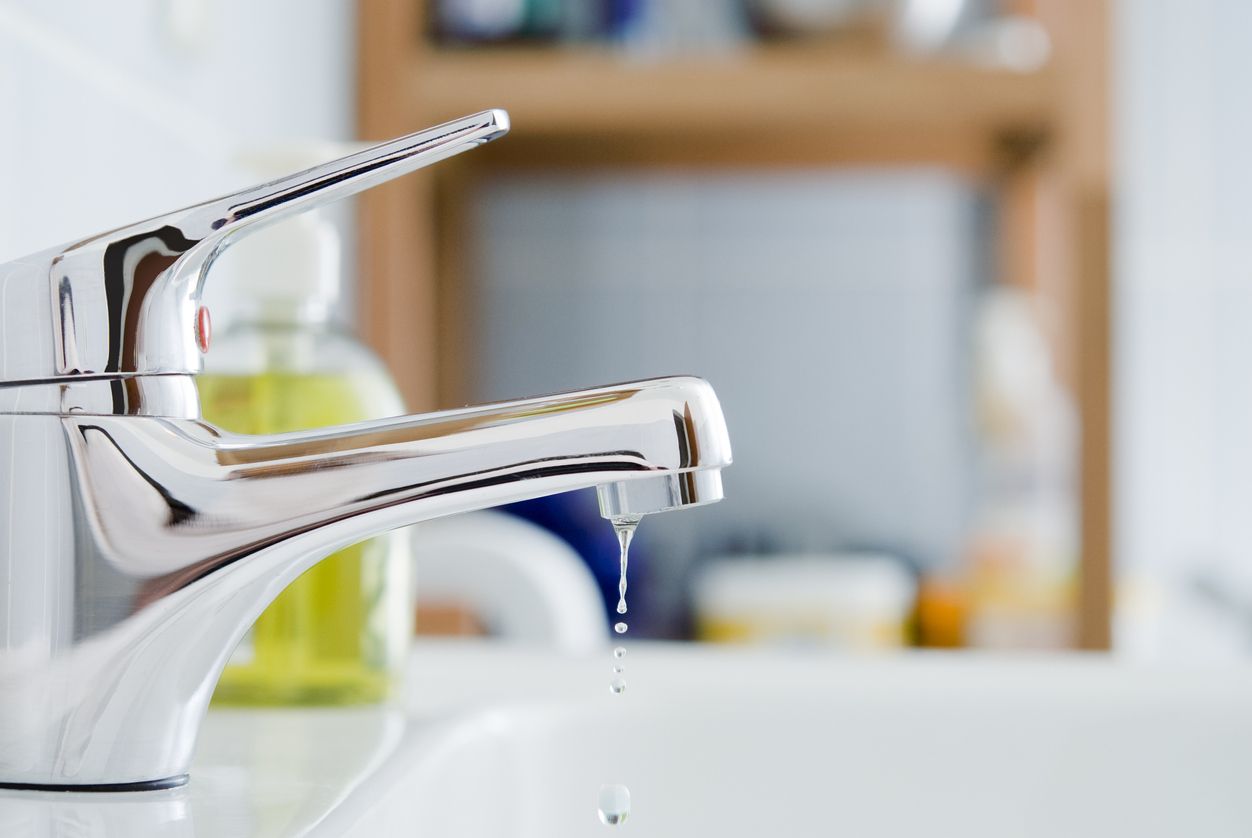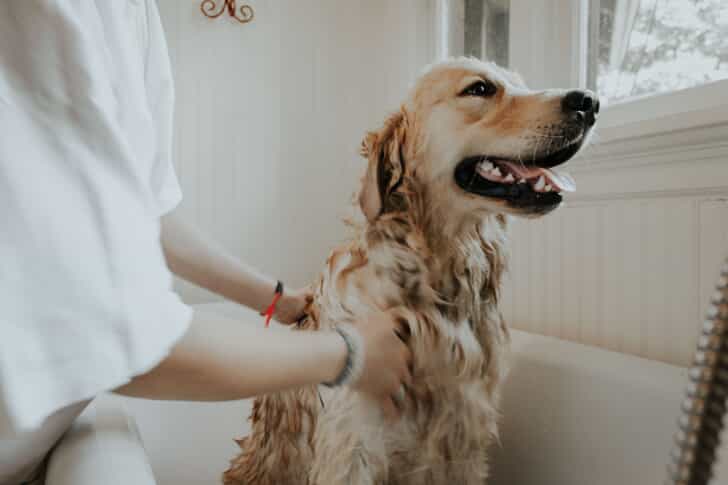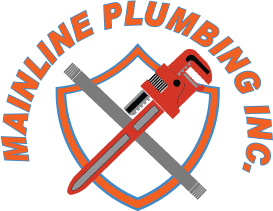Your bathroom is one of the most heavily trafficked areas in your home--but you may be surprised to learn how many choices you make every day (or don’t make) are affecting the condition of our bathrooms.
Excessive Moisture
.2004151115193.jpg)
Your bathroom is not a sauna!
Moisture from showering or bathing can collect on your mirror, walls, and ceilings. If not ventilated properly, this moisture has nowhere to go and will sit on a surface until it is absorbed.
If left unchecked, this excessive moisture can lead to mold growth or water damage. Water damage is the first step to mold growth and is one of the most insidious damages to take place in your home. The damage caused by water may not be visible to the naked eye, but it can cause wood to rot, mold and bacteria growth, and other issues.
The build-up of excessive moisture can create favorable conditions for mold. Mold grows in damp conditions and can take root in as little as 24-48 hours. Follow these easy tips to prevent mold growth in your bathroom:
Keep humidity levels in your home around 30% - 50%
Don’t wait to fix any leaks you may find
Run your exhaust fan for at least 20 minutes after showering
Chemical Drain Cleaners
.2004151121060.jpg)
When your sink and bathtub are slow to drain, your first instinct is to go out and purchase a chemical drain cleaner to clear whatever blockage may be occurring. However, over time, these chemicals could lead to more problems for your plumbing.
Chemical drain cleaners use harsh chemicals to clear clogs—these chemicals are designed to eat away at any substances stuck in your plumbing, which can lead to corrosion of your pipes. The best way to clear a clogged drain is to use a plumbers snake or a DIY mixture of baking soda, vinegar, and boiling water. If you have a persistent or reoccurring problem, your best option is to call in a professional.
Undetected Leaks

According to the EPA, household leaks can waste an estimated 1 trillion gallons of water annually. Some leaks are fairly obvious--such as a dripping faucet--but others may not be as easily spotted. Worn toilet flappers, a dripping showerhead, and even a leaking irrigation system can waste thousands of gallons of water and cost you major money over time.
How can you find hidden leaks in your home?
The average water usage for a family of four during the cooler months is approximately 12,000 gallons/month. If your water usage exceeds this number, you may have a serious leak.
Food dye can help you locate a toilet tank leak! Place a few drops of food coloring in your toilet’s tank. Leave the toilet alone for about 10 minutes, and check the bowl when you return. If the color of the water in the bowl has changed, you may have a worn out flapper.
Set aside two hours during the day to not use any water. Check your water meter at the beginning of this time period and make note of what number it’s at. If the number has changed when you return, you likely have a leak.
Undetected leaks could be costing you money, but they could also lead to water damage and create favorable conditions for mold growth. A professional plumber can help you locate these hidden leaks that may be costing you water and money.
Bath Bombs

Bath bombs may be a relaxing way to end a stressful day, but the stress they cause to your plumbing may make you rethink your next bath. By themselves, bath bombs are not particularly harmful, but over time, the buildup of heavy oils and solid particles included in many bath bombs can take a toll and lead to more serious clogs.
For a simple way to cut back on this harm without having to give up any luxuries, opt for bath salts or bubble bath instead. If bath bombs are your preferred method of relaxation, you can DIY a simple bath bomb holder out of an old pair of pantyhose or stockings--simply cut the feet off the stockings and stick your bath bomb inside. Tie or rubber band off the open end, and it’s bombs away! The stocking will keep any solid particles such as confetti or flower petals inside so you don’t have to worry about them blocking your plumbing as they flow down the drains.
Man’s Best Friend

If you’ve ever had to snake a drain, you know the satisfying feeling of pulling that clog out of your plumbing. More than likely, the clog has mostly been hair of some kind. But have you ever looked closer to see whose hair it is? If you’re a loving pet owner, it may just be your best friend’s!
Homeowners who give their pets a bath in their bathtubs or showers may see an increase in clogs simply because their pets are shedding more fur Like human hair, fur can get caught in any buildup that may be accumulating in your plumbing system. The easiest fix for this issue is to either start washing your pets outside or simply invest in a shower gadget designed to catch the hair as it flows down the drain.
Contact the Pros at Mainline Plumbing
Plumbing is an extremely important part of your home. However, plumbing systems are not immune to trouble and it’s only a matter of time before an issue emerges that could potentially threaten the safety of your home and your loved ones. When that happens, the Modesto plumbing services team at Mainline Plumbing Inc. is here to help!
No matter what the extent of your plumbing problem, you can count on our team to provide you with a long-lasting solution so you can get back to your daily routine. Contact our team online or by phone at (209) 560-6652 to make an appointment today!


